Disclosure: Meeple Mountain received a free copy of this product in exchange for an honest, unbiased review. This review is not intended to be an endorsement.
Bee Excellent To Each Other
Here at Beeple Mountain—I mean Meeple—we strive to cover the full hive of board gaming, from the hot s%#@ to the crustiest Dusty Euros. That includes spotlighting games still in the larval stage—early prototypes with big potential.
Beetown Beatdown is one such game, currently looking for a forever hive and expected to swarm onto Kickstarter in 2026. At first glance, the adorable, fuzzy bee art is enough to pollinate your interest. But step inside Beetown and you’ll quickly discover a no-holds-barred slugfest, dripping with bee puns and heartbreak. I came in expecting a sweet little bee game, perhaps something like Honey Buzz or Hive, but came out surprisingly delighted. Fellow friends of the hive will likely feel the same.

Bee-tween Two Ferns
Beetown Beatdown plays over three rounds, with victory going to the last colony standing. It’s a blend of area control, Euro-style resource management, tech trees, and worker placement. The game can end early if a player manages to build three or more hives. If no one achieves this by the final round, everyone technically loses, though some sympathy scoring rules let you crown a winner if you’re feeling generous.
Each round starts with harvesting nectar and pollen from any hexes your hives occupy—and adjacent hexes, too, as long as no one else has claimed them. Then comes the action phase, where players take turns moving, spawning bees, extracting resources, and building hives. Each action can be enhanced using rare honey, and deploying extra workers comes at a cost.
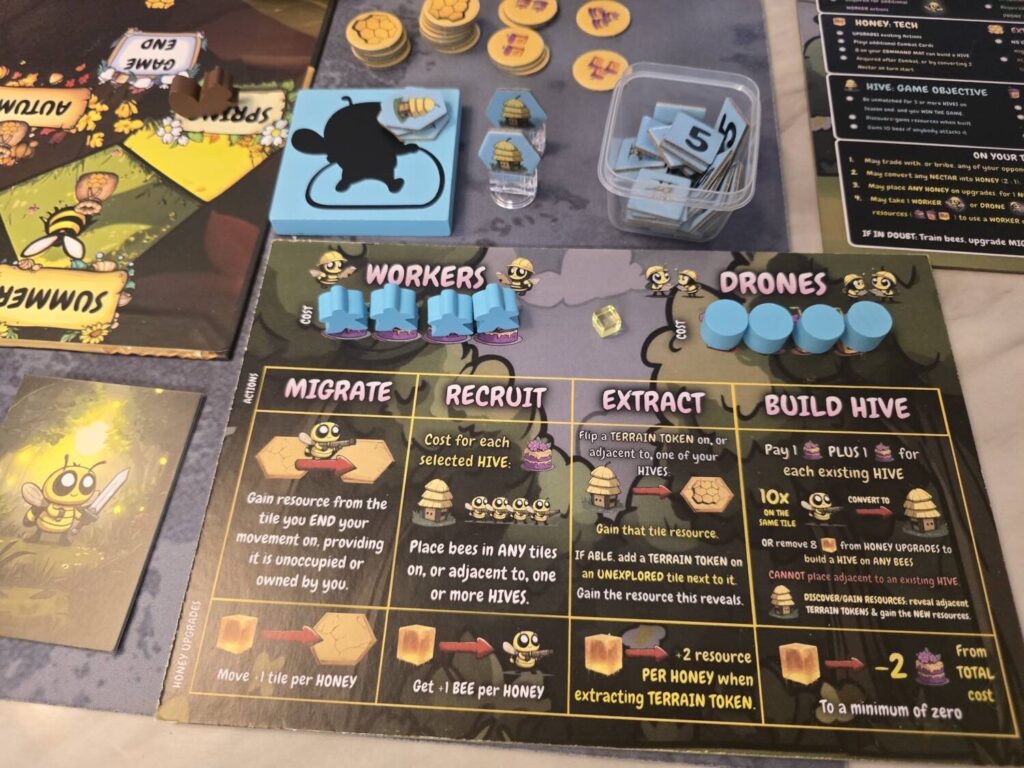
Combat occurs when bees share a tile, triggering a strength comparison modified by bee-utifully illustrated combat cards. These can boost your score or cause chaos—swapping cards, forcing trades, or granting resources. Hives can be built or converted through various actions, and careful resource management is key to outbuzzing your rivals.
Passing ends your turn, but you can jump back in if others haven’t passed—sometimes their moves open up new pollen-tial. The game includes extra modules like asymmetric player powers and a solo-friendly S.T.I.N.G. deck that simulates another player. Theoretically, you could play a six-player match against five AI bees—go ahead, bee-friend the bot overlords.
To Bee or Not to Bee
After a few plays, I needed some time to buzz over how I actually felt about the game. Even in its prototype form, it’s clear that Beetown Beatdown already has its gameplay DNA in place. It still needs polish—the kind you’d expect before a Kickstarter launch—but the core experience already feels cohesive and surprisingly strategic. The potential is there for something special, something that could fly beyond just being a novelty.
Mechanically, the game checks the boxes of a 4X (explore, expand, exploit, exterminate), but it trims the usual bloat. With a runtime between 45 and 90 minutes, it offers the feel of a larger experience without devouring your entire game night. In a hobby filled with galaxy-sized epics like Voidfall and Twilight Imperium, that’s no small feat. A bite-sized 4X with bee puns and quick turns? That’s nectar I’ll gladly keep sipping.
But is it fun? I’d say it lands squarely in the moderately fun category for now. The core actions are easy to grasp, but the strategic nuance becomes clearer with repeated plays. Hive counts can swing dramatically from turn to turn—sometimes from one to three in a blink, or the opposite. The board state is in constant flux, creating opportunities for bold plays, reversals of fortune, or cleverly timed stings.
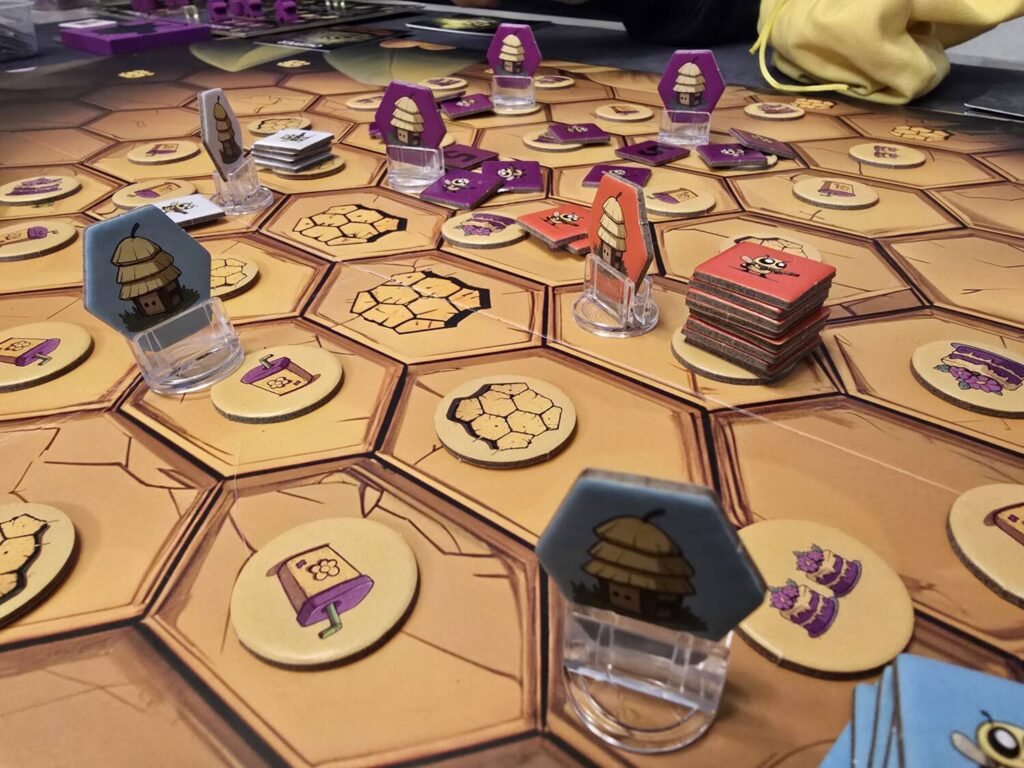
Negotiation and deal-making are technically a part of the game, and you can barter or bluff your way into alliances, or avoid conflict with subtle threats. But in our plays, we didn’t lean heavily into that element. That might’ve been a mis-bee-havior on our part. With a more talkative or cutthroat group, I can see this layer adding a whole new level of social sting.
That said, not everything was honey and roses. The rulebook, while full of charm and character, was more Buzz Aldrin technical manual than breezy read. It felt dense and overly verbose, which made teaching the game harder than it should have been. It reminded me of those old GMT-style tomes that leave you more confused after reading than before. A lighter, clearer, and more accessible rewrite would go a long way toward the final version.
Card balance also needs careful readjustment. We tested the asymmetric player powers, and while they’re a neat idea, some were clearly more potent than others. Take the “Chungus” card, for example—it granted a free pollen after every action. Considering there are only two resources in the game, this essentially lets one player take double the actions of everyone else. That level of imbalance, even with player choice, could sting pretty hard in a competitive group.
Combat cards are another area to watch. They’re a fun twist, full of flavor and dad-joke energy (examples: Beejamin Franklin, Beeopatra, and Ron Beesley), but too reliant on lucky draws. Some cards are only powerful if they match specific iconography, and if you pull a handful of mismatches, you might as well be flailing your wings in futility. I once steamrolled a war campaign purely because I drew high-value cards at the right time, not because of strategic brilliance.
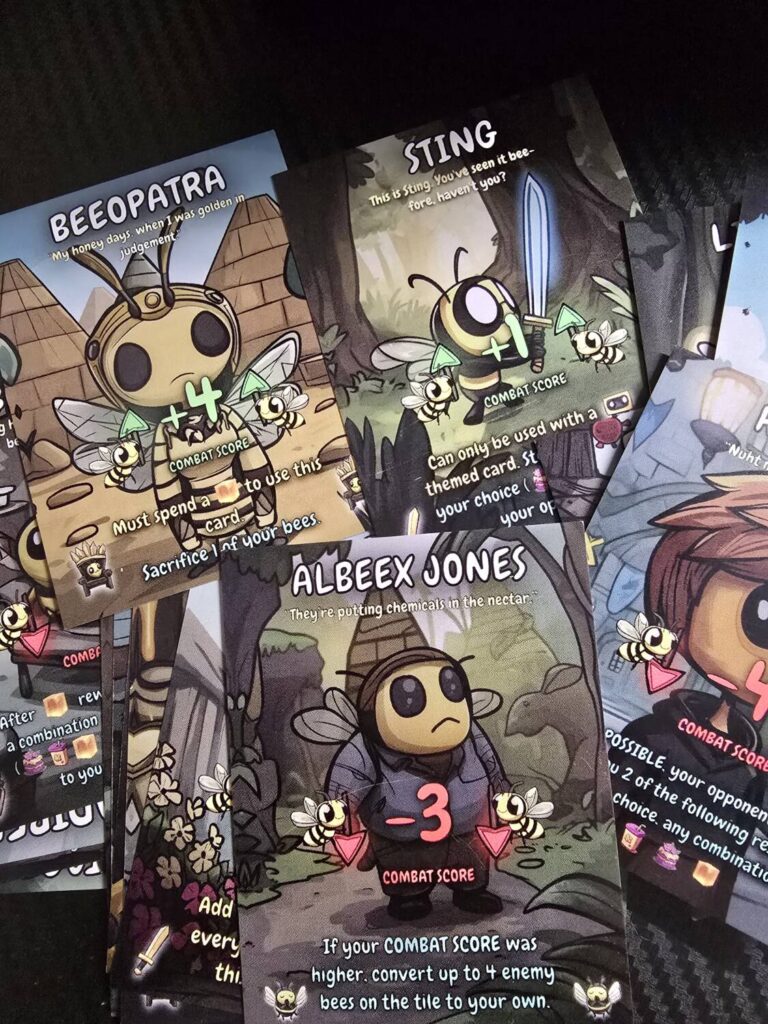
Still, the future looks bee-right. These are the kinds of issues you expect to see—and fix—during prototyping. What’s already impressive is how much this game accomplishes, especially from what seems to be a team of first-time designers. The theme is fresh and fully integrated, the art is adorable, and the gameplay has real potential. With the right tweaks, Beetown Beatdown could find a loyal swarm of fans.


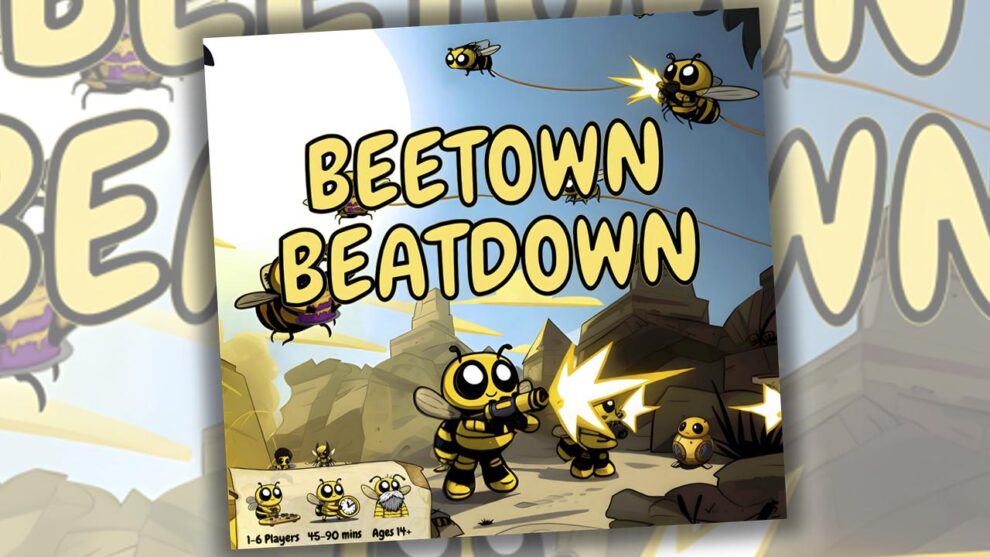

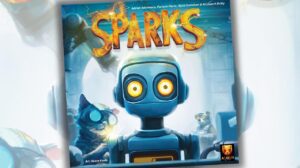




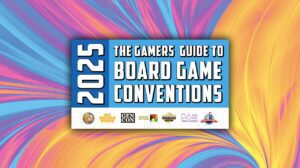

Add Comment